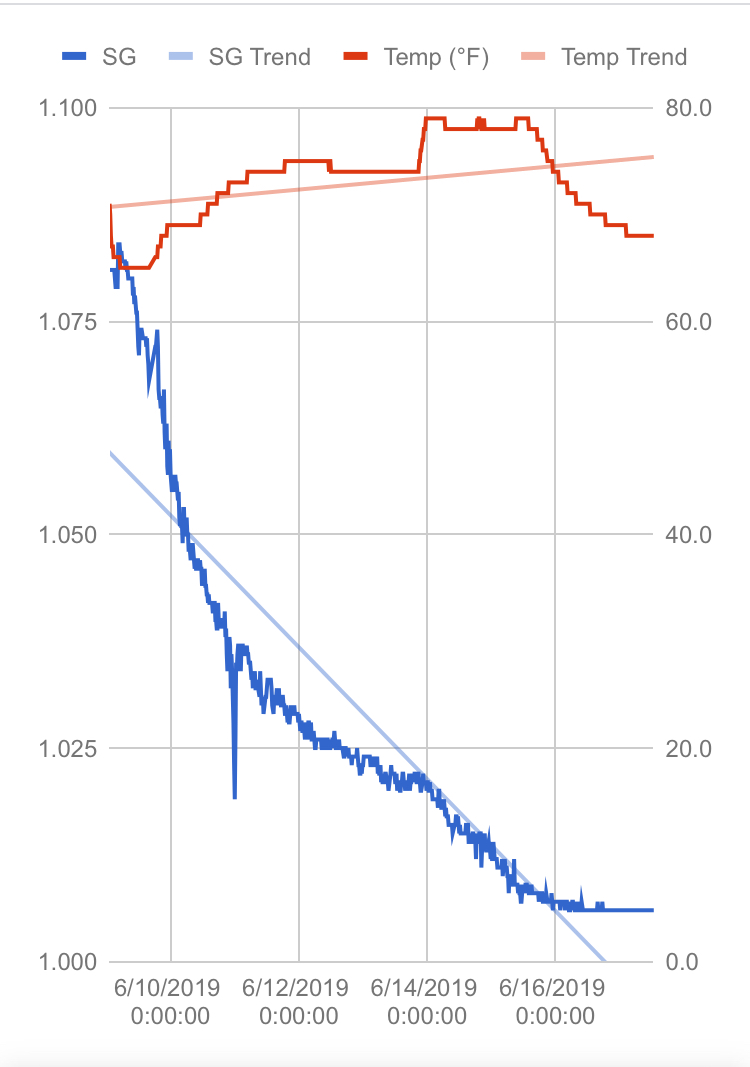Bearing in mind that all Mangrove Jack beer yeasts seem to be repacked versions of someone else's, and they are known to use at least some Lallemand strains, one might speculate what MJ Belgian is....
As an aside, I don't think North Americans really get how devastating Europe's experience of war has been, particularly WWI, and how it shapes European thinking even today. For instance, France and Germany both saw ~4% of their population killed; Serbia was over 20% killed, the UK 2%, Canada 0.9%, the US only 0.13%. And most of them were not children, women or old people, so even 4% might mean 1 in 4 of young men being killed. Another difference is that unlike the US, European countries tended to fight in "geographical" units, so instead of 1 in 4 young men being killed in each of four towns, one in four towns might see 100% of their young men wiped out in a single artillery barrage. Psychologically that had a far bigger impact.
Then there's the sheer scale of what happened on single days. Adjusted for population, British deaths on the first day of the Somme were equivalent to 9/11 happening in every state of the Union. France's worst day, in the initial German assault, was the equivalent of a hundred 9/11's, imagine a 9/11 happening in every US city bigger than Boise or Des Moines. And that's just one day - it's mindboggling to think how one could cope with that.
But apply that 4% to the modern US, and you have 13 million young men being killed - imagine
everyone you know who watches Game of Thrones being blown up or choked by poison gas (don't say it!), these were not "nice" deaths either.
The only thing vaguely comparable in US history is the Civil War, in which "only" 2% of US population died, and still represents nearly half of all US combat casualties ever. Whereas Europe did it all again a generation later, although the western Allies got off
relatively lightly in WWII - US 0.3%, France 1.5% whereas Germany and the USSR both saw combat casualties of 5-6% (plus what happened to their civilian populations...). So the German military has seen nearly 5x American Civil Wars within living memory, plus the other stuff.
So apologies for the OT-ness, but I do believe that the US and Europe would "get" where each other was coming from if these kinds of numbers were more widely known. But a photo says more than a thousand words - imagine if your home had gone from this to this, within the lifetime of your grandparents :

(it's the nature of these statistics that historians don't agree on exact values in many cases, but they're broadly right)






